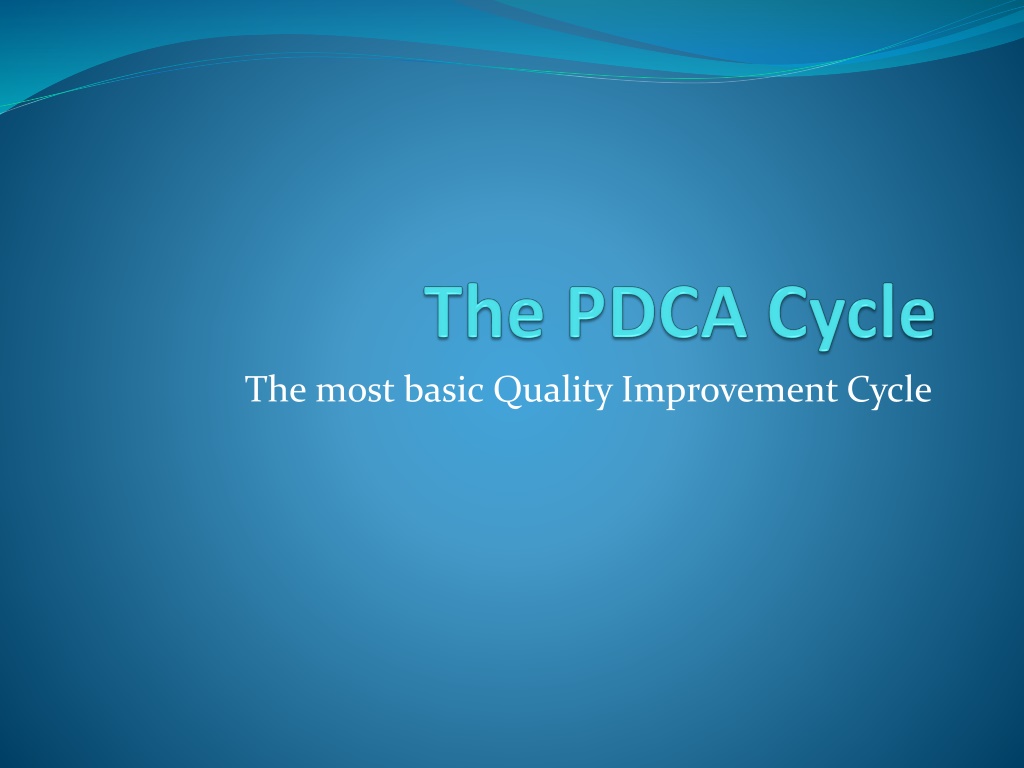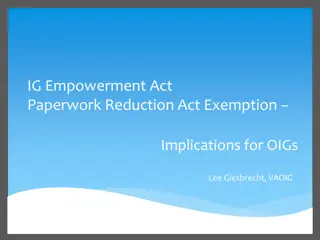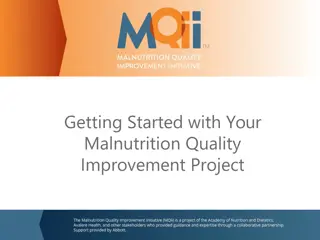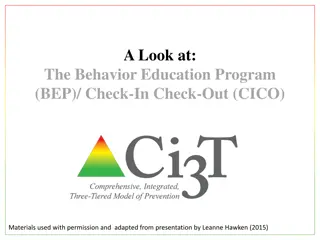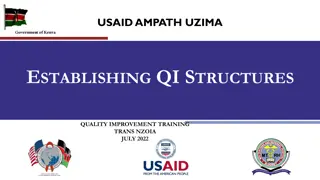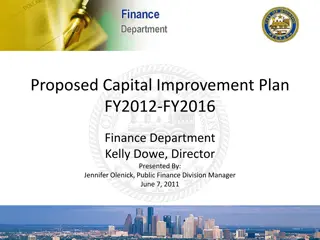Quality Improvement Cycle: Plan, Do, Check, Act (PDCA)
The Quality Improvement Cycle follows the PDCA framework, involving planning, implementing, checking, and acting to continuously enhance processes. It begins with defining customer requirements, implementing processes effectively, checking for issues, and taking action to resolve any problems. The cycle emphasizes proper implementation, monitoring key process points, and seeking feedback for improvement.
Download Presentation

Please find below an Image/Link to download the presentation.
The content on the website is provided AS IS for your information and personal use only. It may not be sold, licensed, or shared on other websites without obtaining consent from the author.If you encounter any issues during the download, it is possible that the publisher has removed the file from their server.
You are allowed to download the files provided on this website for personal or commercial use, subject to the condition that they are used lawfully. All files are the property of their respective owners.
The content on the website is provided AS IS for your information and personal use only. It may not be sold, licensed, or shared on other websites without obtaining consent from the author.
E N D
Presentation Transcript
PDCA Cycle Act Plan Check Do
Plan Define Customer requirements for product or service. 1. Marketing Research for new product or service. 2. Inquiries from potential customers. Define relevant Processes for: 1. Suppliers 2. Production Process 3. Personnel and Equipment needs 4. Facilities 5. Appraisal and Inspection 6. Delivery 7. Customer Feedback, etc.
Do Implement the processes as defined. Good ideas can fail. When a good idea fails, 90% of the time it is due to improper implementation. 1. Are there adequate resources? 2. Are personnel adequately trained? 3. Is there a commitment from Management? Implementation is also a Process. 1. Is there an Owner for the Implementation Process? 2. Is there an Action Plan for Implementation? 3. Has the Implementation Plan been documented? Was there a trial run?
Check Are there problems with any Suppliers? Audit relevant Processes to see that they are implemented as designed. Identify key points in the Processes for monitoring. Identify the most important meaningful measurements for purposes of monitoring the processes. Sample from the process to check for signals of Special Cause variation or other problems. New processes must be sampled more frequently since they are not well understood. What does Customer feedback say?
Act Resolve any Supplier problems. Fix any Process implementation problems. Remove any Special Cause variation in Processes. Is Process redesign necessary (does not meet expectations or new technology becomes available). What are main issues from Customer feedback?
